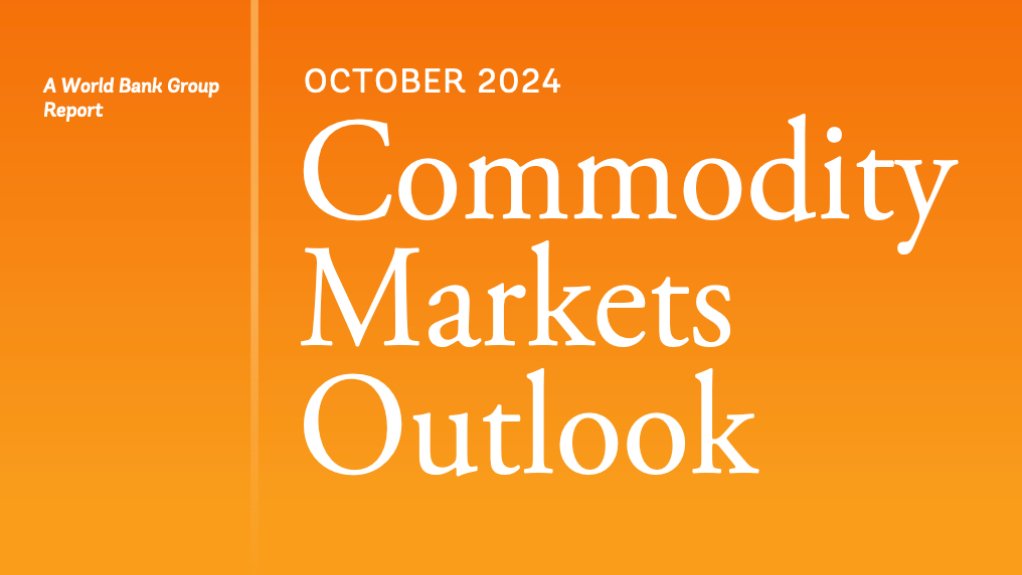- Commodity Markets Outlook, October 20241.30 MB
Commodity prices are expected to decrease by 5 percent in 2025 and 2 percent in 2026. The projected declines are led by oil prices but tempered by price increases for natural gas and a stable outlook for metals and agricultural raw materials.
The possibility of escalating conflict in the Middle East represents a substantial near-term upside risk to energy prices, with potential knock-on consequences for other commodities. However, over the forecast horizon, longer-term dynamics—including decelerating global oil demand, diversifying oil production, and ample oil supply capacity—suggest sizable downside risks to oil prices, especially if OPEC+ unwinds its latest production cuts. There are also dual risks to industrial commodity demand stemming from economic activity.
On the one hand, concerted stimulus in China and above-trend growth in the United States could push commodity prices higher. On the other, weaker-than-anticipated global industrial activity could dampen them. Following several overlapping global shocks in the early 2020s, which drove parallel swings in commodity prices, commodity markets appear to be departing from a period of tight synchronization.
A Special Focus analyzes commodity price synchronization over time and considers the relative importance across commodity cycles of a wide range of demand and supply shocks, including global demand shocks and shocks specific to different commodity markets. It concludes that, while supply shocks were the dominant commodity price driver in the early 2000s and around the global financial crisis, post-pandemic price movements have been more substantially shaped by commodity-specific shocks, such as those related to conflicts.
Report by the World Bank Group
EMAIL THIS ARTICLE SAVE THIS ARTICLE ARTICLE ENQUIRY
To subscribe email subscriptions@creamermedia.co.za or click here
To advertise email advertising@creamermedia.co.za or click here











